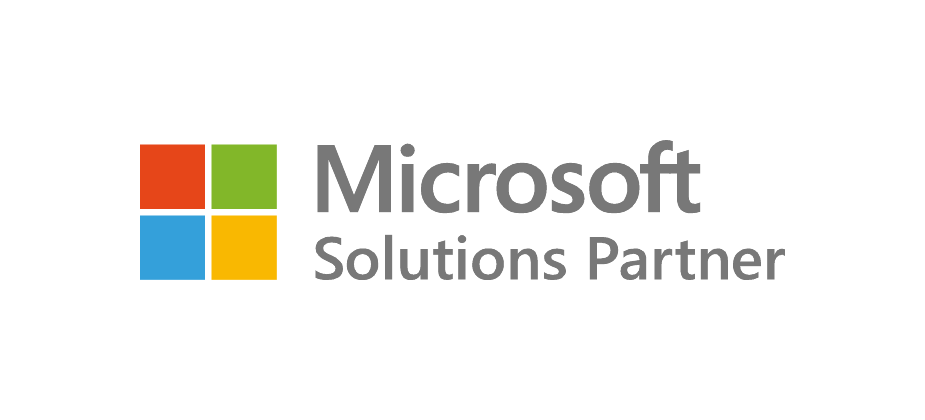Cloud-first, Mobile-first: Modern apps for today
Many articles have been written recently on the future of work. All organisations are considering how workers, workplaces and the nature of work will evolve over the coming years. The global coronavirus pandemic has fuelled this thinking as many team members have had to work from home as offices have been temporarily closed by choice or governmental direction.
It’s taken these events of late to cause many organisations to consider mobile computing is a significant way. Gartner identified mobile computing as an emerging technology megatrend around 2012, but eight years on many organisations are yet to realise the benefits of mobile apps for the majority of their users and applications.
Together with cloud computing, mobile computing is being considered by some as the right way of deploying applications within their environment, using a ‘cloud-first, mobile-first’ strategy. This means that they will favour systems that including cloud and mobile as the preferred types of solutions, rather than the traditional client/server desktop apps that have been the mainstay of corporate computer systems for decades.
There is a common misconception about mobility, where there is a focus on mobile devices. What is important to be mobile, is the user experience, not the device. The search for an effective mobile experience has proven challenging but is now a reality.
Many workers perform their work in locations other than the desk in a corporate office, yet most computer systems are designed to primarily work from a desktop computer. This is changing.
Technologies are evolving to support this movement away from desktop computers such as:
- Tablets approaching the storage capacity and performance of desktop computers
- Applications being designed to work on non-Intel processors such as those typically found in tablets and smartphones
- The relative ubiquity of mobile phone towers providing 4G and 5G connectivity almost anywhere
- The advent of cloud computing, big data, artificial intelligence and other complementary emerging technologies
Working from Home
2020 has seen a year rocked by the coronavirus global pandemic which has resulted in many businesses closing offices with workers struggling to work effectively from home with almost no notice. This has put pressure on IT teams to deliver remote access solutions quickly, for applications where they may not traditionally have been available remotely at all.
With more and more users accessing more and more systems remotely, many organisations have exposed themselves to vulnerabilities in their systems which have been exploited by cybercriminals. At the same time as the move to working from home, existing corporate policies and procedures may in some cases been necessarily circumvented, such as where paper forms were approved with handwritten signatures to authorise activities and processes.
In addition to deploying mobile apps, consideration should be given to a potential increase in the cybersecurity attack surface as well as developing electronic forms, automated workflows, team collaboration workspaces, and cloud document management systems to support effective remote working.
Working from Anywhere
Setting up a home office or work office is great for the majority of team members who typically work in front of a computer all day at a desk, but even these workers sometimes have a need to access systems and information unexpectedly.
What can be challenging for these circumstances, is that the only device available to you, may be the one you have in your hand at the time. A tablet, smartphone, notebook or laptop computer (or even a kiosk machine such as those available in airport lounges) may be the available device to use.
Modern applications need to be able to respond to this environment where they work appropriately on a multitude of processor types and speeds, and on varying screen sizes and resolutions.
The world of work has transformed, and technology has responded, but not all organisations have updated their systems, information and thinking to be agile enough to successfully use any applications and access any information with any device at any time from any location.
Business Central and Mobile Apps
The cloud accounting and ERP system from Microsoft, Dynamics Business Central, includes a specialist mobile app available in both major app stores (for iOS and Android mobile devices).
In addition, a webapp is the standard way of accessing the system from a computer without a need to install any software.
The mobile apps enable you to navigate through your data, use features such as send-to-Excel, view up-to-date charts and KPIs, email sales quotes and invoices and attach pictures using your camera.
Access you financial data from anywhere at any time on any device with Microsoft Dynamics Business Central.



